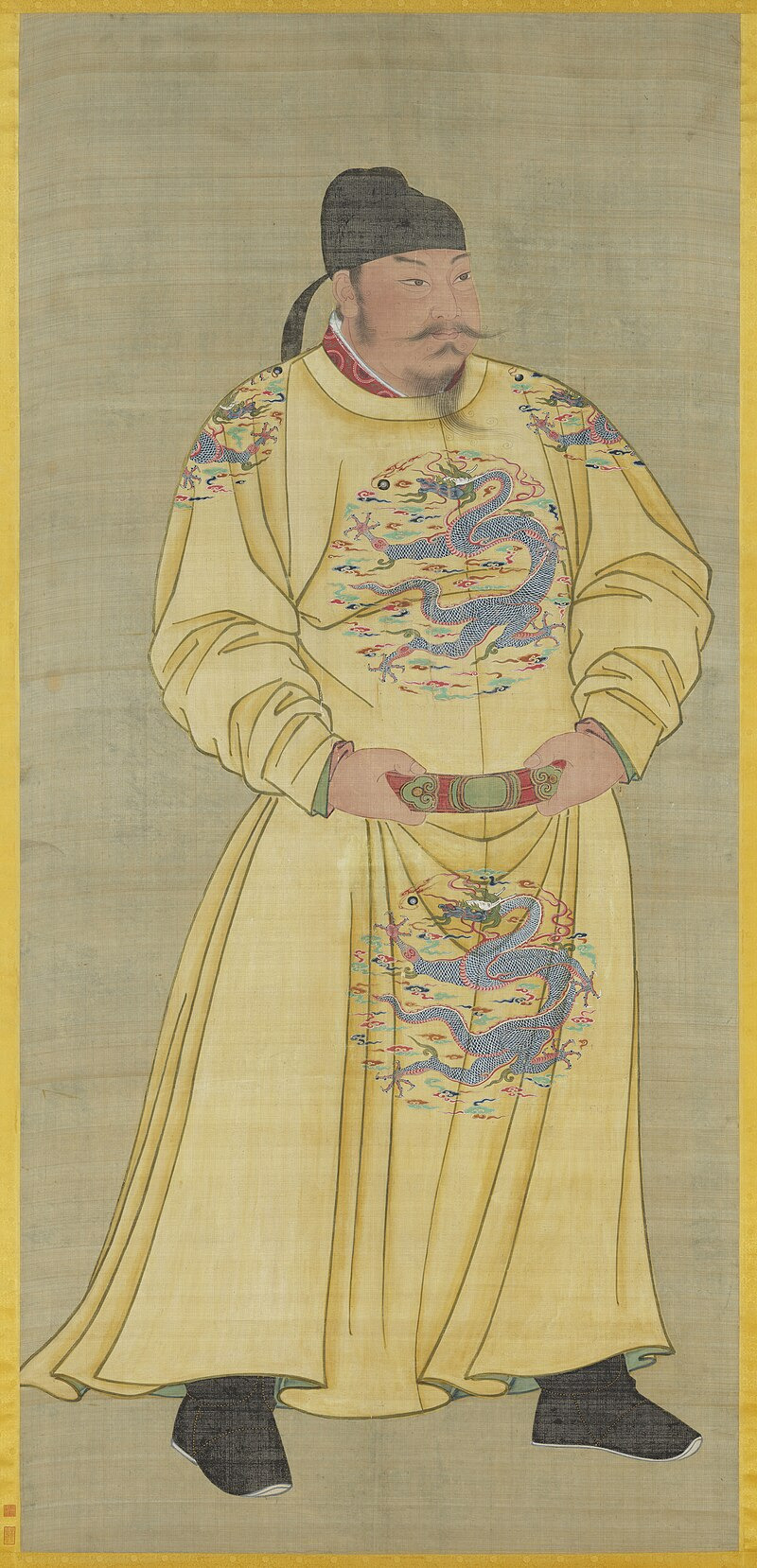#鋼鐵v
Text
Great Sage Emperor
Those who have read Journey to the West (1592) will remember that it is Tang Emperor Taizong (唐太宗) who sends Tripitaka on the quest to India. Well, I was interested to learn that the monarch's historical posthumous title includes "Great Sage" (Dasheng, 大聖):
Wenhuang 文皇 (The August Cultured [Emperor]) ... is the original posthumous title given to Li Shimin following his death in 649. The title was expanded to "Wenwu Sheng Huangdi" 文武聖皇帝 (The Cultured Military Sagacious August Emperor) in 674 and was later again changed to "Wenwu Dasheng Daguangxiao Huangdi" 文武大聖大廣孝皇帝 (The Cultured Military Grand Sagacious Grand Extensive Filial August Emperor) in 754 (Jiu Tang shu, 3.62-63) (Nienhauser, 2010, p. 202 n. 34).
My own clunky translation for the latter is the "Great, Universally Filial Emperor and Great Sage of Civil and Military Affairs." [1]
His title is interesting because, as I've mentioned elsewhere, Taizong bestows Sun Wukong's literary precursor, the "Monkey Pilgrim" (Hou xingzhe, 猴行者), with the name “Great Sage Steel Muscles and Iron Bones” (Gangjin Tiegu Dasheng, 鋼筋鐵骨大聖) at the end of the 13th-century JTTW (Wivell, 1994, p. 1207).

Note:
1. The guangxiao (廣孝) of Wenwu Dasheng Daguangxiao Huangdi (文武大聖大廣孝皇帝) means to be filial to everyone, so I went with "Universally Filial."
Sources:
Nienhauser, W. H. (2010). Tang Dynasty Tales: A Guided Reader. Japan: World Scientific.
Wivell, C.S. (1994). The Story of How the Monk Tripitaka of the Great Country of T’ang Brought Back the Sūtras. In V. Mair (Ed.), The Columbia Anthology of Traditional Chinese Literature (pp. 1181-1207). New York: Columbia University Press.
#sun wukong#monkey king#journey to the west#jttw#Tang Taizong#Chinese emperor#Great Sage#lego monkie kid#LMK#Tang dynasty
46 notes
·
View notes